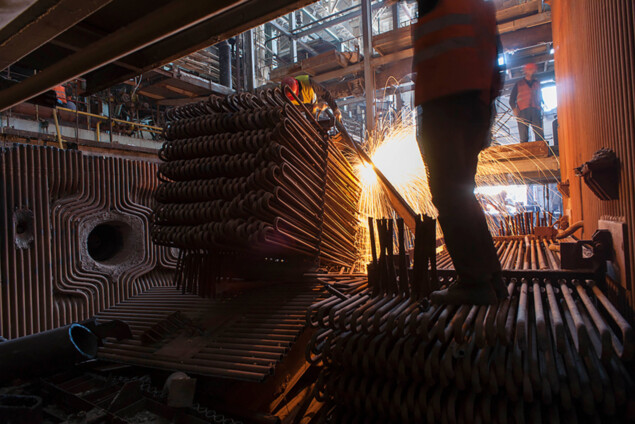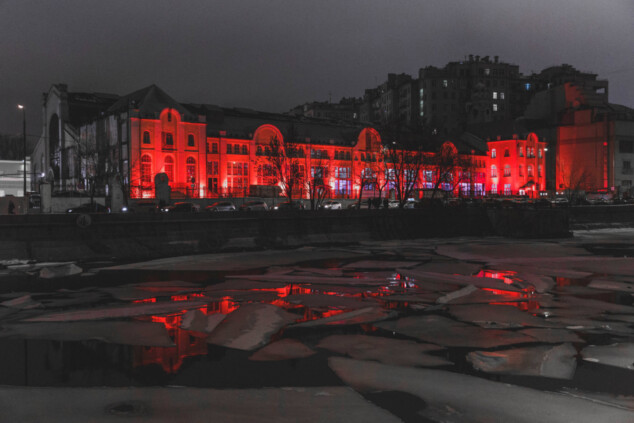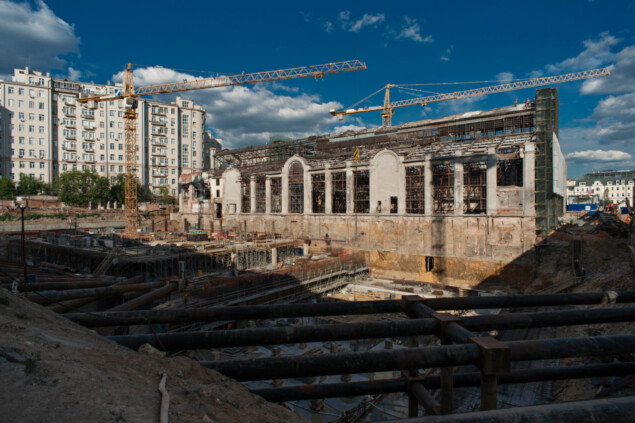In 2009,
Transforming GES-2
- Age:
- Age restrictions
- 0+

The
Photo: Gleb Leonov

The Geometry of Now. Carl Michael von Hausswolff. Red Empty, 2017
Photo: Ivan Gushchin
The reconstruction of
After this, the construction work began. For a few months, the walls of the power station were suspended in mid-air: a new foundation had to be laid to allow for the construction of underground exhibition halls—the current Pump Room and neighbouring galleries. All the partitions that were no longer needed were removed, years of accumulated dust swept away, blocked windows dismantled, and historic structural elements carefully preserved. And so, little by little, the station began to transform into a

The
Photo: Gleb Leonov